Carrier based Torpedo Bomber (1927), 48 made 1927-1930
In 1925, the Japanese Army Aviation Command (Rikugun Kokubu) announced a competition for the creation of a light bomber to replace the obsolete licensed French biplane Salmson 2A2, produced in Japan under the short designation Otsu 1. Army requirements provided for a qualitatively new aircraft capable of lifting large-caliber bombs. The aircraft was intended for the tasks of reconnaissance, communications, creating smoke screens and, of course, bombing. Naturally, the flight characteristics should have been qualitatively higher. The proposal was sent to three companies: Nakajima, Kawasaki and Mitsubishi.
The Mitsubishi firm used the services of the German engineer and Stuttgart Alexander Baumann. Under his leadership, a 2MB2 "Washi" biplane was designed. However, despite the innovative design, it was rejected by the army due to its too high cost. In return, it was proposed to adapt the Type 13 - B1M carrier-based torpedo bomber for the army (factory designation 2MT1).
Between March 1926 and March 1927, four copies of the prototype were built. They replaced the original Napier "Lion" engine with a more powerful water-cooled Hispano-Suiza V-12. The side radiators of the "marine" variant were replaced by one large frontal radiator, in connection with which the aircraft acquired a characteristic "blunt" nose shape compared to the B1M. Folding wings, not needed for the land version, became fixed. Armament consisted of four 7.7 mm Vickers machine guns. - one synchronous forward and two in the defensive turret at the shooter and one in the lower hatch installation. Bomb load up to 500 kg on an external sling under the fuselage. Crew 2 people.
The upgraded version was designated the 2MB1 or "Type 87 light bomber (Hachinana-shiki Keibakugekiki)" and put into production as such. December 1927. Some were sent to training bases at Hamamatsu and Kakamigahara.
Mitsubishi Type 87 bombers took part in the fighting in Manchuria in 1932 and throughout the entire period of the Sino-Japanese struggle for dominance in Manchuria. In 1934, the gradual withdrawal of the Type 87 from combat units and their replacement by twin-engined Mitsubishi Ki-2s began. The total number of Type 87 2MB1 bombers produced was 48.
Detailed specs
B1M-1 1924 | |
| Crew: | 2: Pilot, Observer (3 on B1M3) |
| Fuselage Lenght | 9.77 m (32 ft 1 in) |
| Wingspan | 3.5 m (48 ft 5 in) |
| Wing area | 59 m2 (640 sq ft) |
| Height | 3.5 m (11 ft 6 in) |
| Empty weight: | 1,442 kg (3,179 lb) |
| Max takeoff weight: | 2,697 kg (5,946 lb) |
| Powerplant: | Napier Lion W-12 water-cooled piston engine, 370 kW (500 hp) |
| Propellers: | 2-bladed fixed-pitch propeller |
| Maximum speed: | 210 km/h (130 mph, 110 kn) |
| Endurance: | 2,6 hours |
| Service ceiling: | 4,500 m (14,800 ft) |
| Wing Loading: | 45.7 kg/m2 (9.4 lb/sq ft) |
| Power/mass: | 0.14 kW/kg (0.085 hp/lb) |
| Armament | Guns: 2 fixed, 2 rear 7.7mm machine guns, 1 Torpedo, 240 kgs bombs |
Src
To come, article in redaction
Profiles to come
- Lohner E (1913)
- Macchi M3 (1916)
- Macchi M5 (1918)
- Ansaldo ISVA (1918)
- Sopwith Baby (1916)
- Short 184 (1916)
- Fairey Campania (1917)
- Sopwith Cuckoo (1917)
- Felixstowe F.2 (1917)
- Friedrichshafen FF 33 (1916)
- Albatros W4 (1916)
- Albatros W8 (1918)
- Hanriot HD.2
- Grigorovitch M5
- IJN Farman MF.7
- IJN Yokosho Type Mo
- Yokosho Rogou Kougata (1917)
- Yokosuka Igo-Ko (1920)
- Curtiss N9 (1916)
- Aeromarine 39
- Vought VE-7
- Douglas DT (1921)
- Boeing FB.5 (1923)
- Boeing F4B (1928)
- Vought O2U/O3U Corsair (1928)
- Blackburn Blackburn (1922)
- Supermarine Seagull (1922)
- Blackburn Ripon (1926)
- Fairey IIIF (1927)
- Fairey Seal (1930)
- LGL-32 C.1 (1927)
- Caspar U1 (1921)
- Dornier Do J Wal (1922)
- Rohrbach R-III (1924)
- Mitsubishi 1MF (1923)
- Mitsubishi B1M (1923)
- Yokosuka E1Y (1923)
- Nakajima A1N (1927)
- Nakajima E2N (1927)
- Mitsubishi B2M (1927)
- Nakajima A4N (1929)
- CANT 18
WW1
✠ K.u.K. Seefliegerkorps:
 Italian Naval Aviation
Italian Naval Aviation
 RNAS
RNAS
 Marineflieger
Marineflieger
 French Naval Aviation
French Naval Aviation
 Russian Naval Aviation
Russian Naval Aviation
 IJN Air Service
IJN Air Service
 USA
USA
Interwar
 Interwar US
Interwar US
 Interwar Britain
Interwar Britain
 Interwar France
Interwar France
 Interwar Germany
Interwar Germany
 Interwar Japan
Interwar Japan
 Interwar Italy
Interwar Italy
- Curtiss SOC seagull (1934)
- Grumman FF (1931)
- Curtiss F11C Goshawk (1932)
- Grumman F2F (1933)
- Grumman F3F (1935)
- Northrop BT-1 (1935)
- Grumman J2F Duck (1936)
- Consolidated PBY Catalina (1935)
- Brewster/NAF SBN-1 (1936)
- Curtiss SBC Helldiver (1936)
- Vought SB2U Vindicator (1936)
- Brewster F2A Buffalo (1937)
- Douglas TBD Devastator (1937)
- Vought Kingfisher (1938)
- Curtiss SO3C Seamew (1939)
- Douglas SBD Dauntless (1939)
- Grumman F4F Wildcat (1940)
- F4U Corsair (NE) (1940)
- Brewster SB2A Buccaneer (1941)
- Grumman TBF/TBM Avenger (1941)
- Consolidated TBY Sea Wolf (1941)
- Grumman F6F Hellcat (1942)
- Curtiss SB2C Helldiver (1942)
- Curtiss SC Seahawk (1944)
- Grumman F8F Bearcat (1944)
- Ryan FR-1 Fireball (1944)
- Douglas AD-1 Skyraider (1945)
Fleet Air Arm
- Fairey Swordfish (1934)
- Blackburn Shark (1934)
- Supermarine Walrus (1936)
- Fairey Seafox (1936)
- Blackburn Skua (1937)
- Short Sunderland (1937)
- Blackburn Roc (1938)
- Fairey Albacore (1940)
- Fairey Fulmar (1940)
- Grumman Martlet (1941)
- Hawker sea Hurricane (1941)
- Brewster Bermuda (1942)
- Fairey Barracuda (1943)
- Fairey Firefly (1943)
- Grumman Tarpon (1943)
- Grumman Gannet (1943)
- Supermarine seafire (1943)
- Blackburn Firebrand (1944)
- Hawker Sea Fury (1944)
IJN aviation
- Aichi D1A "Susie" (1934)
- Mitsubishi A5M "Claude" (1935)
- Nakajima A4N (1935)
- Yokosuka B4Y "Jean" (1935)
- Mitsubishi G3M "Nell" (1935)
- Nakajima E8N "Dave" (1935)
- Kawanishi E7K "Alf" (1935)
- Nakajima B5N "Kate" (1937)
- Kawanishi H6K "Mavis" (1938)
- Aichi D3A "Val" (1940)
- Mitsubishi A6M "zeke" (1940)
- Nakajima E14Y "Glen" (1941)
- Nakajima B6N "Jill" (1941)
- Mitsubishi F1M "pete" (1941)
- Aichi E13A Reisu "Jake" (1941)
- Kawanishi E15K Shiun "Norm" (1941)
- Nakajima C6N Saiun "Myrt" (1942)
- Yokosuka D4Y "Judy" (1942)
- Kyushu Q1W Tokai "Lorna" (1944)
Luftwaffe
- Arado 196 (1937)
- Me109 T (1938)
- Blohm & Voss 138 Seedrache (1940)
Italian Aviation
- Savoia-Marchetti S.55
- IMAM Ro.43/44
- CANT Z.501 Gabbiano
- CANT Z.506 Airone
- CANT Z.508
- CANT Z.511
- CANT Z.515
French Aeronavale
- GL.300 (1926-39)
- Levasseur PL.5 (1927)
- Potez 452 (1935)
- Loire 210 (1936)
- Loire 130 (1937)
- LN 401 (1938)
Soviet Naval Aviation
- Shavrov SH-2 (1928)
- Tupolev TB-1P (1931)
- Beriev MBR-2 (1930)
- Tupolev MR-6 (1933)
- Tupolev MTB-1 (1934)
- Beriev Be-2 (1936)
- Polikarpov I16 naval (1936)
- Tupolev MTB-2 (1937)
- Ilyushine DB-3T/TP (1937)
- Beriev Be-4 (1940)
-
Skoda Š-328V
R-XIII Idro
Fokker C.XI W (1934)
WW2
- De Havilland Sea Vixen
- Hawker Sea Hawk
- Supermarine Scimitar
- Blackburn Buccaneer
- Hawker Sea Harrier
- Douglas A4 Skyhawk
- Grumman F9F Panther
- Vought F8 Crusader
- McDonnell-Douglas F-4 Phantom-II
- North Am. A5 Vigilante
- TU-142
- Yak 38 forger
☢ Cold War
✧ NATO
 Fleet Air Arm
Fleet Air Arm
 US Navy
US Navy
☭ Warsaw Pact
Merch

Seafire Mark 45; HMS Pretoria Castle
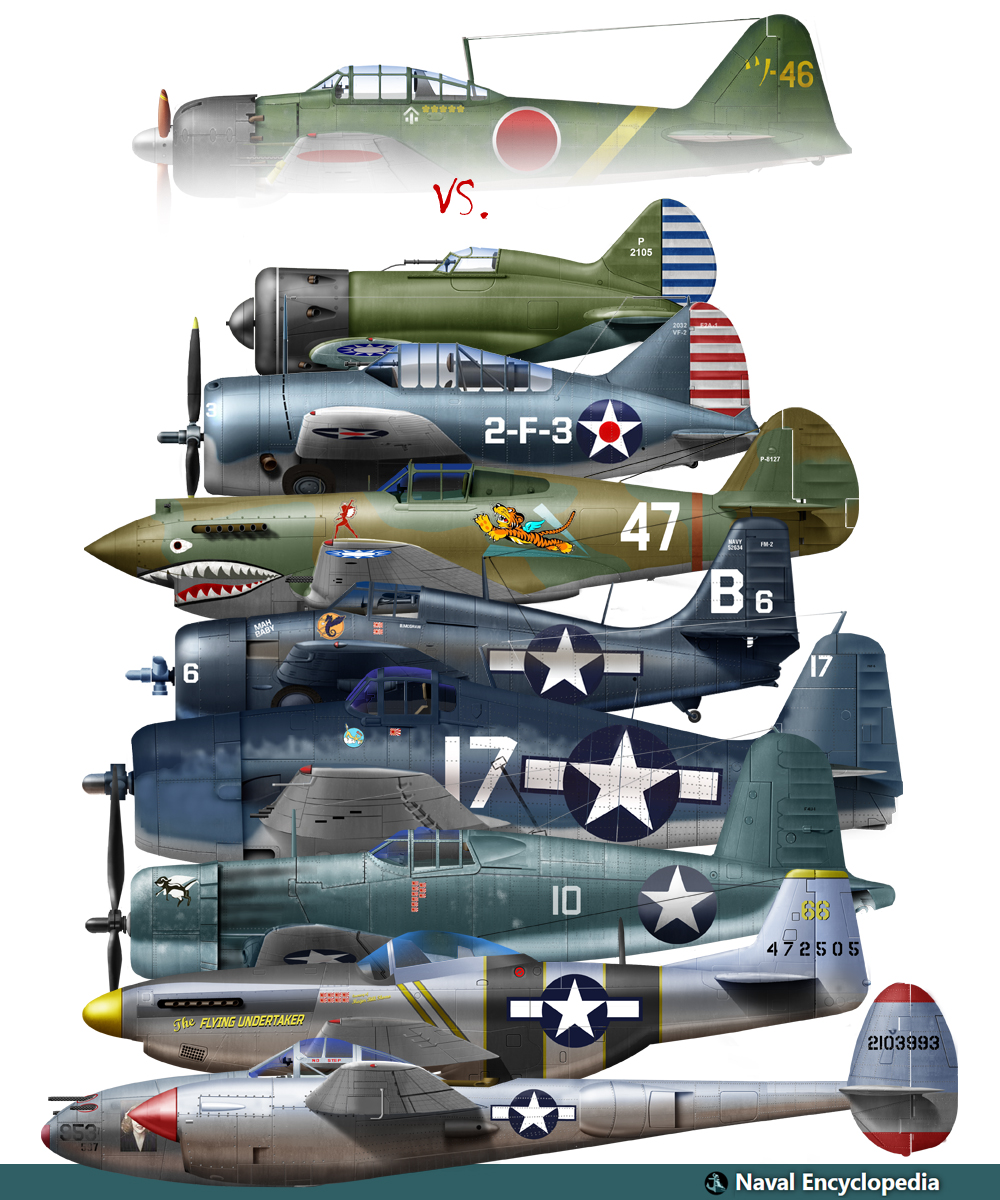
Zeros vs its aversaries
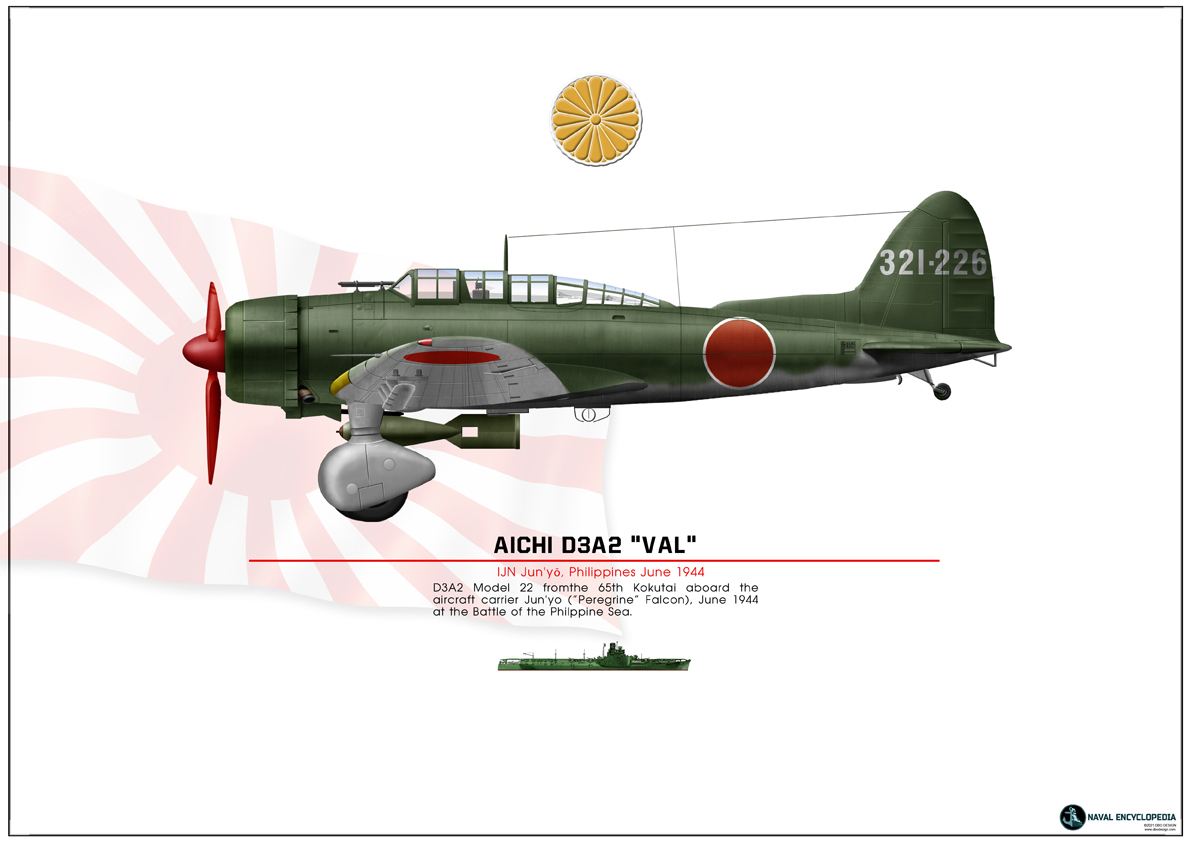
Aichi D3A “Val” Junyo
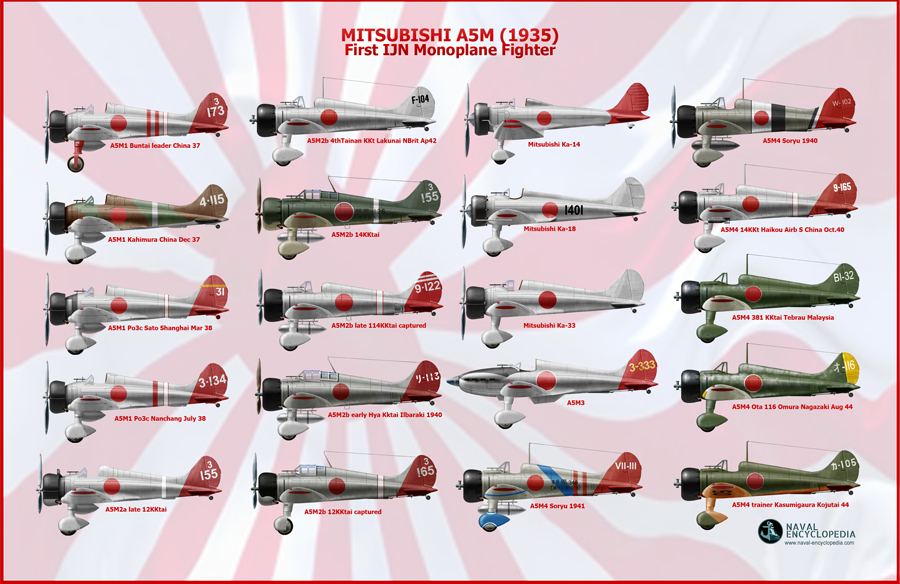
Mitsubishi A5M poster
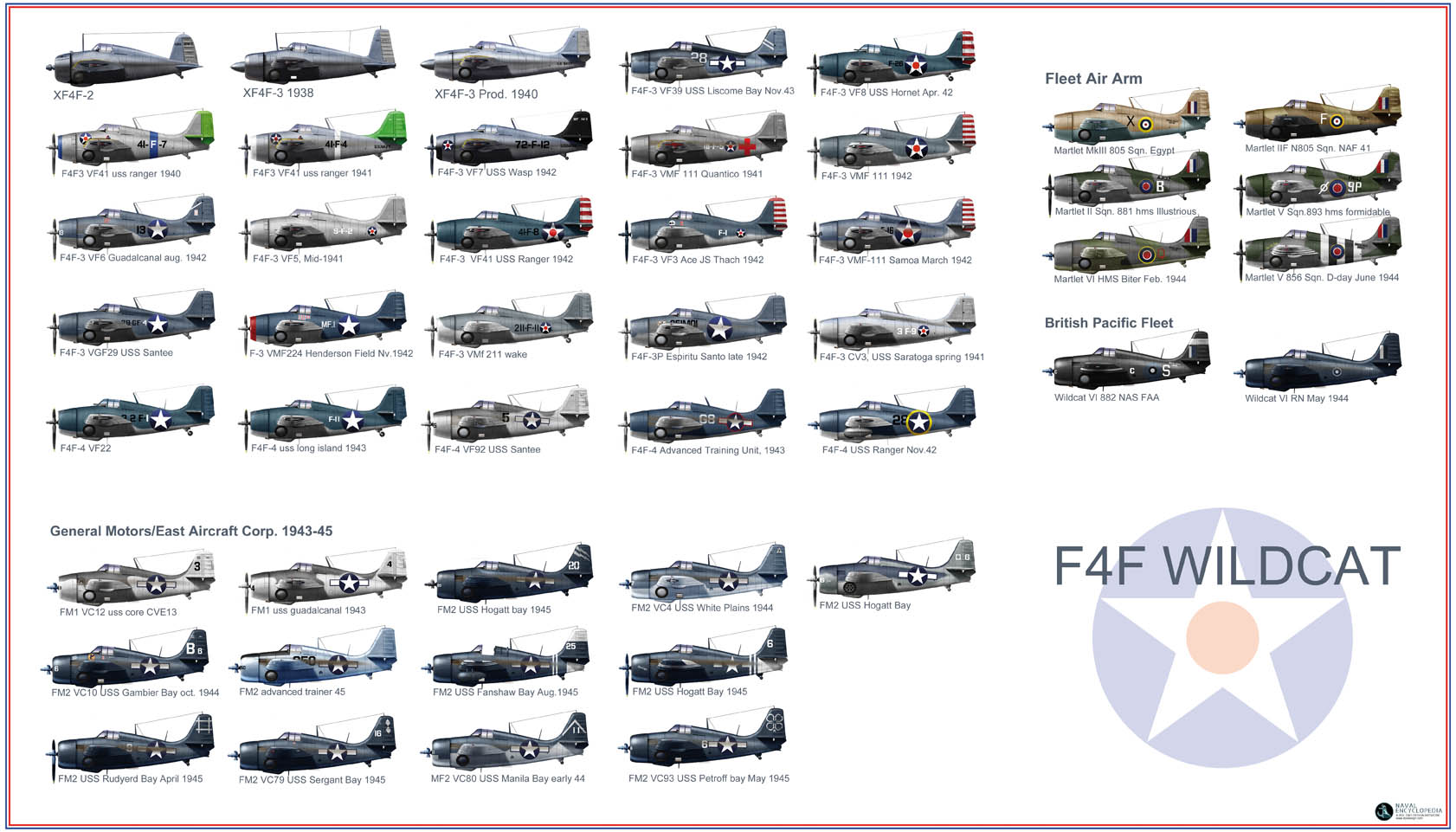
F4F wildcat
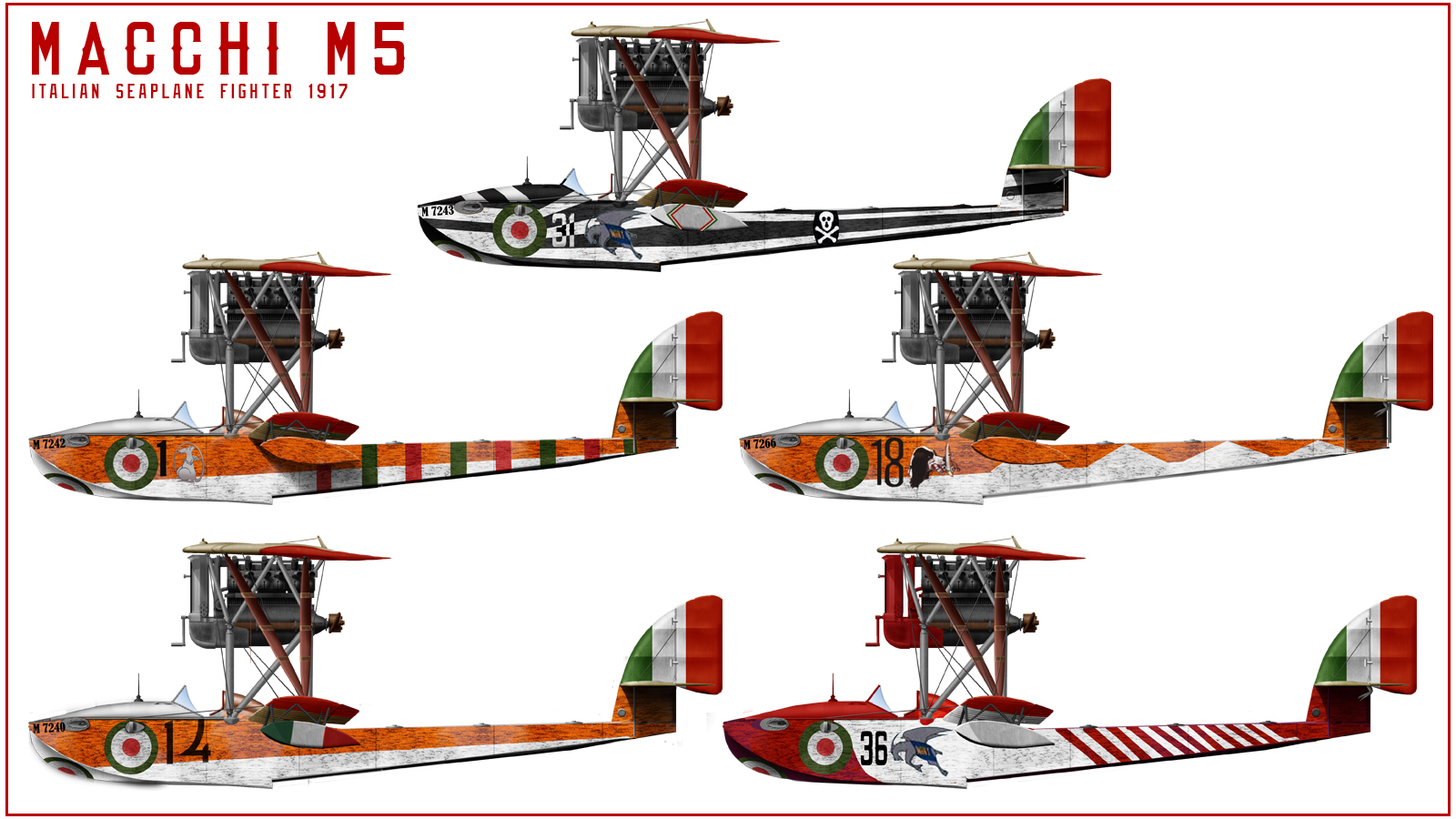
Macchi M5
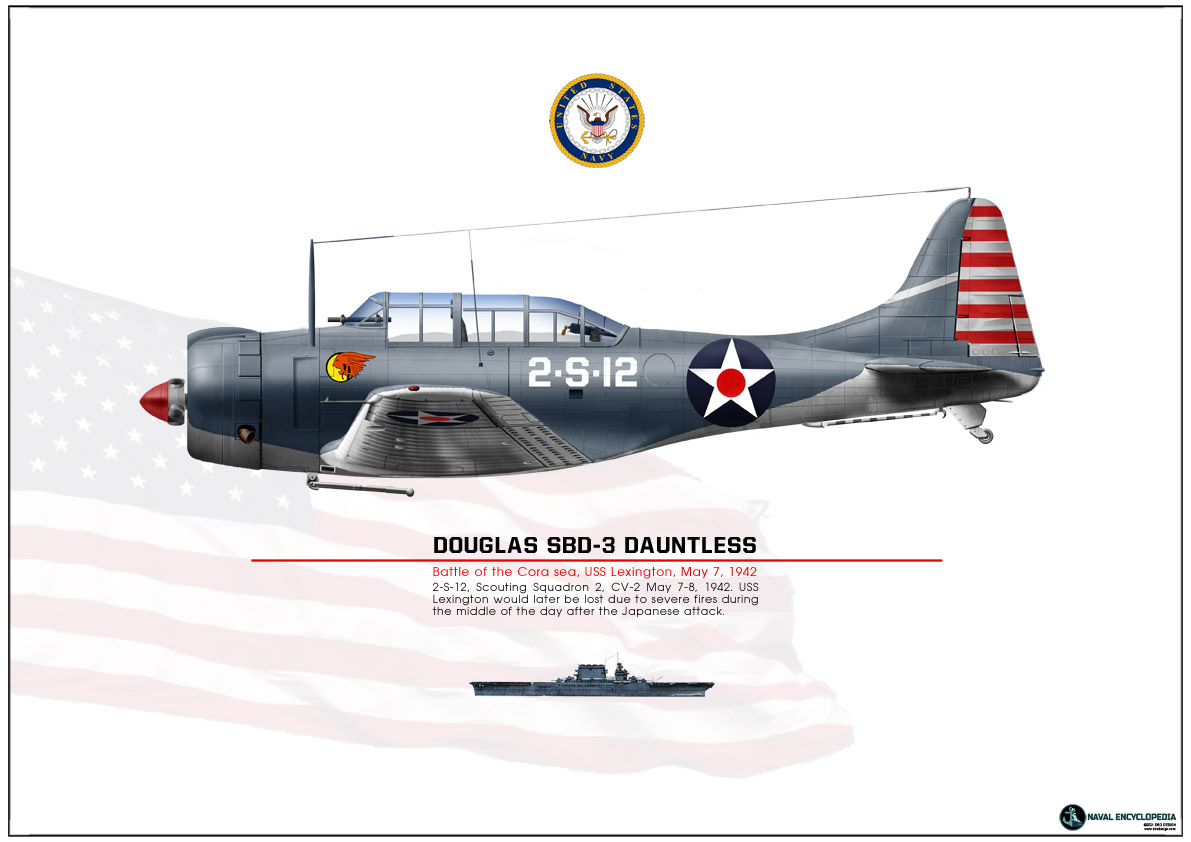
SBD Dauntless Coral Sea
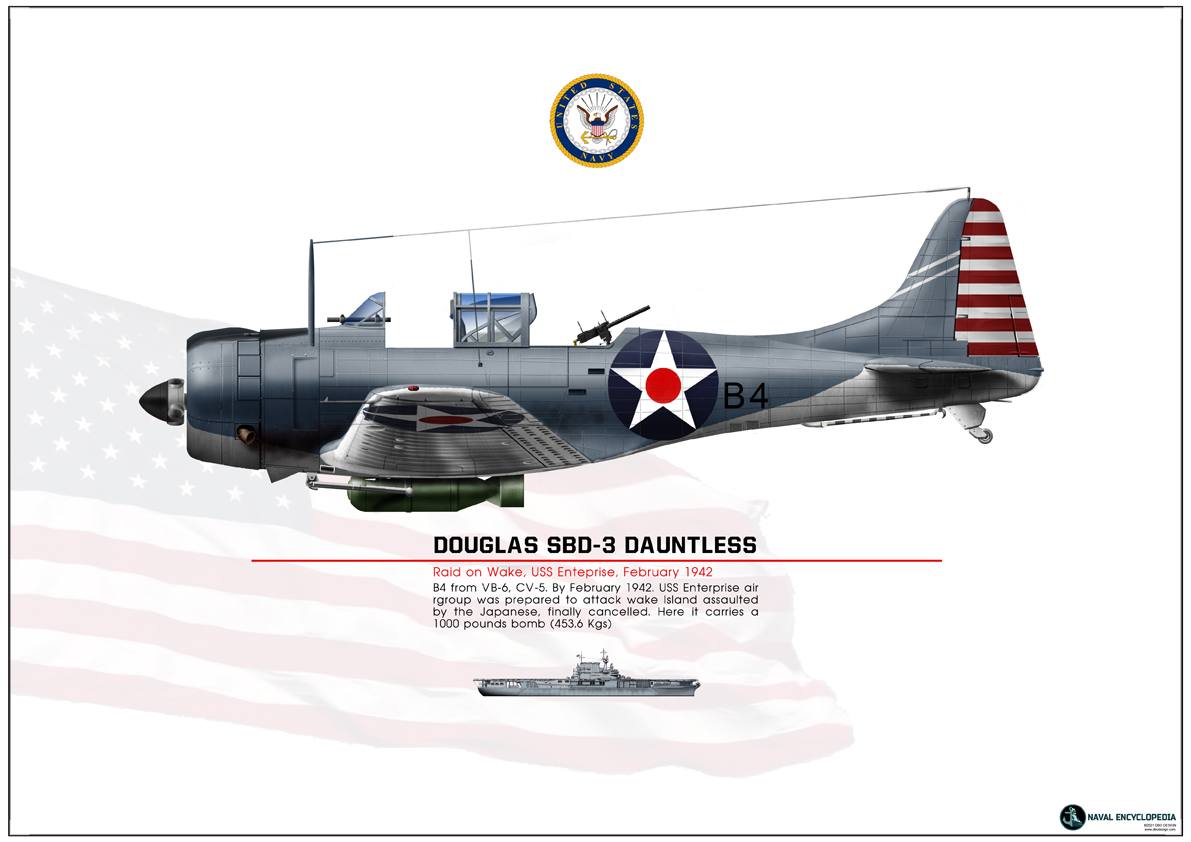
SBD Dauntless USS Enterprise
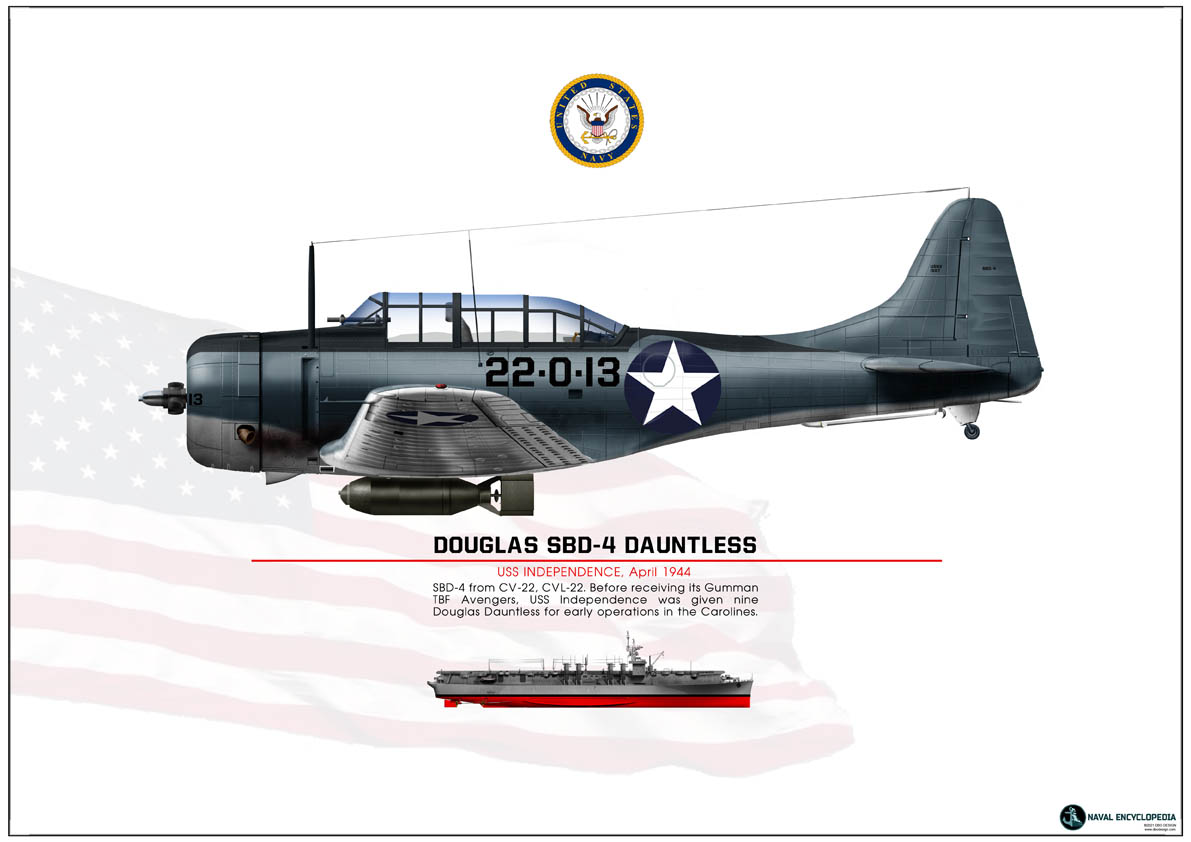
SBD-4 CV22